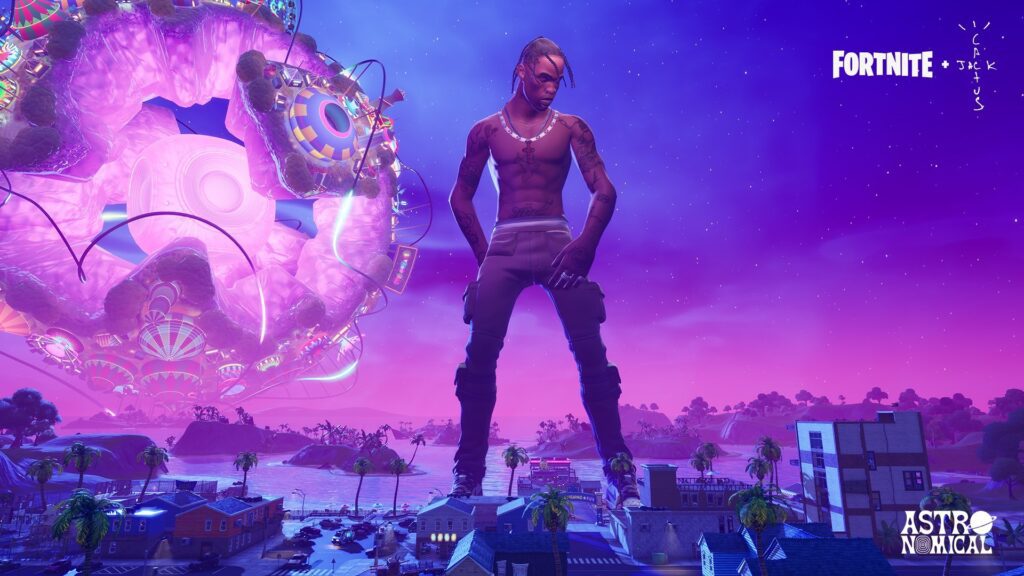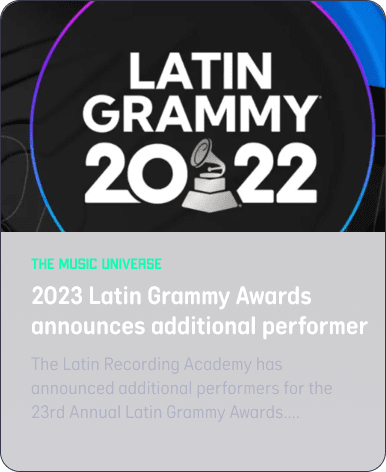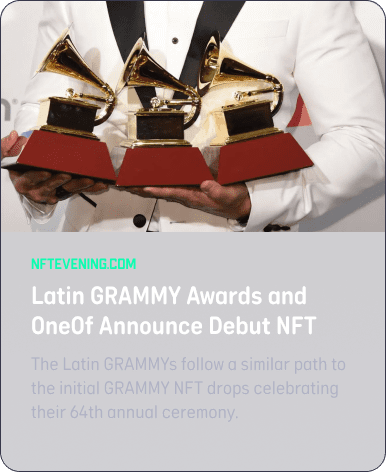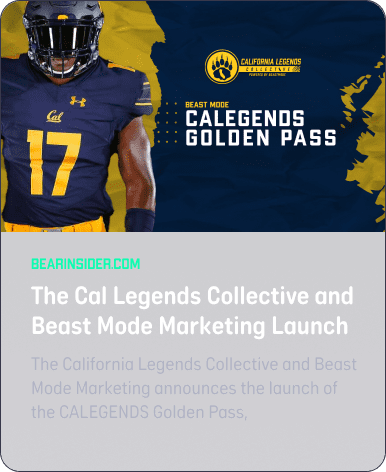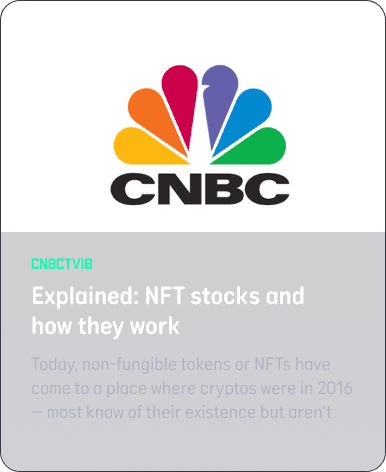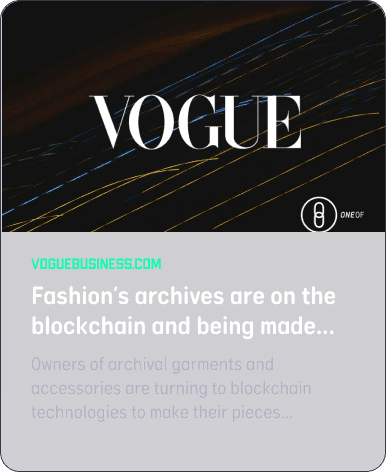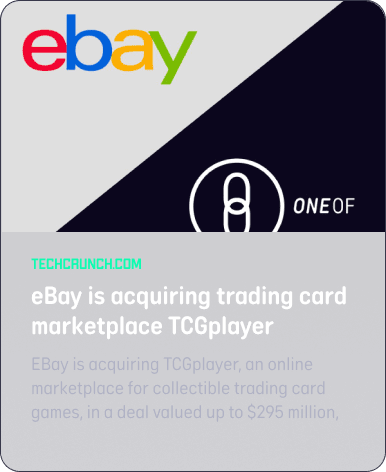NFT 101: An Introduction to NFTs
What is an NFT? What does NFT stand for? Why are NFTs selling for millions of dollars? These are some of the questions you may have when new to the NFT community. In a short span of time, Non-fungible tokens, or NFTs, have made their way into sectors of all kinds, including art, finance, sports, fashion, and gaming, to name a few.
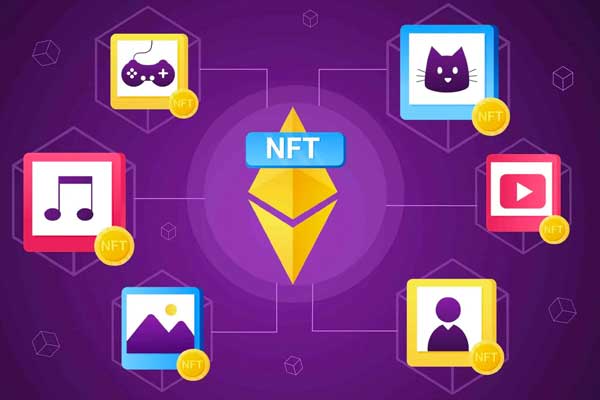
NFTs gained prominence in 2021, especially after NFT artist Beeple scripted history by selling his NFT art for $69 million. Since then, NFTs have taken the digital world by storm, with artists, celebrities, global brands, tech giants, and more hopping on the bandwagon.
If you are new to the crypto and Web3 world, NFTs may sound overwhelming (seriously, what are they?) But don’t worry—we have got you. This ultimate NFT guide is all you’ll need to know everything you ever wanted to know about NFTs and more. In this guide, we will take you through what NFTs are, the tech behind them, how NFTs are created and sold and whether you should get involved. Follow any of the links in this article to read the full and in-depth articles for each topic.
So, let’s dive right in!
What is an NFT and how does it work?
An ‘NFT’ or ‘Non-Fungible Token’ is a blockchain-based asset linked to a digital or physical object and serves as an authentic proof of ownership. In short, they are:
- Non-interchangeable
- Immutable
- Traceable
Notably, NFTs can be pretty much anything from images, music, and videos to gifs, to physical objects. As a result, they now have wide use cases as fundraising tools, event tickets, exclusive merch, and much more. If you want to learn more about the details, make sure to check out our first guide on what an NFT is in the first place!
Is it worth buying an NFT?
There are a couple of reasons why NFTs sell like hot cakes:
- Traceability and transparency: Each token is completely unique—much like a digital signature. And thanks to transparency conferred by blockchain technology, you can easily track an asset’s ownership and authenticity.
- Royalties: Non-fungible tokens make it possible for artists to create and sell their works independently, without having to go through middlemen. What’s more, they can earn lifetime royalties through every secondary sale of their digital asset.
- Potential Profit: Investing in non-fungible tokens has the potential to help you gain high returns. For example, CryptoPunks, which were originally available for free, today costs at least $135,000 (at the time of writing).
- Community: Community is an integral part of most NFT projects.
For a deeper look at the reasons to buy NFTs, read our guide: Why buy NFTs?
The Metaverse and Digital real estate
NFTs are also an important part of what the metaverse is. Essentially, a metaverse is a 3D virtual world that incorporates a slew of tech such as virtual reality (VR), augmented reality (AR), and mixed reality (MR) into our daily lives. Within the virtual world, non-fungible tokens represent a range of items including avatars, wearables, virtual land, vehicles, weapons, and so much more.
Digital real estate usually serve as unique plot of land in the metaverse, with non-fungible tokens representing each parcel of land. Just like in the real world, you can do pretty much anything with your digital real estate. You can build virtual houses, shops, and galleries, set up casinos and even host parties!
To help you learn about the most popular metaverses, we’ve created some highlights on the biggest of them:
Then, if you’re considering buying virtual land, make sure follow our outline in: How To Buy Metaverse Land.
How to Choose a Crypto Wallet For NFTs
To get involved for real, you’ll need to choose a crypto wallet that supports NFTs. This is where you will safely store and transfer your digital assets and crypto. Primarily, there are two types of crypto wallets. Firstly, Software (or hot) wallets like Metamask store your NFTs online. Then hardware ( or cold) wallets, like Ledger, store them offline.
To help you make your own choice, we’ve compiled a list of the best crypto wallets for NFTs.
Do I Need Crypto To Buy NFTs?
Most NFT marketplaces only allow you to trade digital assets using crypto. So, yes, there’s a high chance you will need some. As most digital assets are based on the Ethereum blockchain, its native currency, Ether (ETH) is the leading crypto used for NFT transactions. However, due to ETH’s high transaction costs and high carbon footprint, you may want to consider other blockchains.
Solana (SOL), Tezos (XTZ), and Flow (FLOW) are other blockchains that support NFTs, with the former being the most popular.
Finally, there are some marketplaces that don’t use crypto at all. If that’s more your style, you may want to consider the Veve Marketplace.
Which NFT Marketplace is Best?
To buy most NFTs, you’ll need to find an appropriate marketplace. Now, while there is a whole range of marketplaces to choose from, each caters to a specific need. To choose the best marketplace, read our in-depth guide on the best NFT Marketplaces. To start with though, here are the basics:
For beginners on Ethereum, we recommend starting with the most popular marketplaces. Namely, OpenSea, Rarible and LooksRare. These are the generic marketplaces with the most volume on Ethereum, and likely the most accessible.
However, if you are looking for 1/1 artworks, curated marketplaces such as SuperRare or Foundation are the better choice. Similarly, for music NFTs you’ll want to consider music-native platforms. Some of the best options include: Catalog, Royal and OneOf.
Finally, Nifty Gateway is a great place to find drops by celebrities and top-selling artists.
Marketplaces on Alternative Blockchains
Looking to dip your toes into non-fungible tokens but Ethereum prices scared you away? Why not try some NFT marketplaces on Solana?
Namely, Magic Eden and Solsea are some community favourites. If you want to know more, we’ve created an all encompassing guide on how to buy solana NFTs. Plus, don’t forget our introduction to the top NFT collections on Solana for some great investment ideas.
How to Invest In NFTs
There are many reasons why someone may want an non-fungible token, but how do you know it’s a good investment? Well, from respected artists to doxxed founders, our guide on how to invest in NFTs will explain all you need to get started.
Next, a good investment is all about being in the right place at the right time. While digital assets are often cheapest at a project’s launch, sometimes the floor price will drop post-reveal. To learn more about choosing your timing, you’ll need to read over when to buy NFTs!
Beyond that, there are a few hoops to jump through to get the best NFTs. Most projects have an allowlist or whitelist. Basically, these act as gated mints, access to which you may have to compete for or earn. For tips about allowlists, premints and more, make sure you study the criteria on how to get NFT whitelisted.
Beware of gas fees and gas wars
Before buying NFTs, you should be aware of Crypto gas fees. In a nutshell, you must pay miners gas fees or transaction fees to carry out each and every transaction on the blockchain. Yes, every single action you make on the blockchain costs money! As daunting as that may sound, you’ll find it easy with our full-length guide about NFT Gas Fees .
Next, if you’re vying for tokens on Ethereum, you must consider gas wars. These occur when the transaction fees are extremely high due to network congestion. If you don’t want to get caught in the ruckus, make sure to read our guide on how to escape NFT gas wars.
Top NFT Collections You Should Know
As previously mentioned, NFTs come in all shapes and sizes: They can literally represent any file. In fact, some NFTs are also physical items! Currently, there are tons of collections with new projects dropping each day. That being said, not all are worth your time. Only some collections have the potential to become one of the most expensive NFTs of all time. Here’s our collection of projects you should know about.
Profile Picture Projects
Also named PFP projects, these collections boast unique avatars. Often community members use them as social media profile pictures. For an outline of what that means, you’ll need our guide to the best NFT avatar projects. Firstly though, every NFT collector should know about the following projects:
NFT Art 101
Many art pieces end up selling for incredible amounts. While traditional artists such as Damien Hirst now have NFT collections, the art world experienced an influx of new talent with the digital revolution.
While many artists, such as Trevor Jones and Pak, are simply digital artists, non-fungible tokens added another layer to art: Generative Art. Generative Art NFTs increased in popularity in 2022. Despite the bear market, it still gained traction. The best Generative art projects today include:
Blockchain Games
Web3 loves games and there are countless to get involved with. NFTs birthed a whole new genre: Play to Earn. In short, play to earn mechanics allow the player to earn crypto whilst having fun. Sounds too good to be true? It’s not – we swear. In fact, you can earn money playing games too!
Meanwhile, earning is not for everyone. If Pokémon is more your thing, check out our guide on the best blockchain trading card games.
The following NFT games are well known and respected – and rightfully so in our opinion. You won’t want to miss these as a true gamer of any genre:
Music NFTs
Music NFTs are yet to take off, but there’s a lot of interest in the industry. To get your web3 music career going you need the following guides:
- Music marketplace Royal
- NFT Music Labels
Sports NFTs
Sporting tokens and web3 projects were huge in 2021. While the initial hype died down, there are still plenty of opportunities to get involved with some of the sporting industry’s coolest projects. If you’re a sports lover, you must see the full list of best NFT sports projects. Meanwhile, here are our guides to some of the community favourites:
General projects to watch
While many projects focus on art, sports and creativity, some projects focus on utility. The following projects aim to make their mark with their services.
ENS, or the Ethereum Name Service, is an NFT project like no other. Gone are the days where you must key in long wallet addresses. To explain, they allow users to register shorter more memorable names assigned to a specific wallet. To learn more, and register one yourself, find our guide to ENS Domains.
How to Display NFTs
Once you buy a piece of digital artwork, how exactly do you display it? Well, lucky for you, you are spoilt for choice! Firstly, you can use a digital photo frame. However, that’s just the tip of the iceberg, with virtual galleries, real-life art galleries, and metaverses becoming more and more popular.
Read our guide on ‘How To Display NFT Art’ to work out where to show off yours!
Non-fungible Token Guides For Creators
How to Make NFTs
Minting is the process of creating non-fungible tokens. As you should know by now, NFTs can be anything from digital or physical artwork to music, videos, and more. Of course, the process will slightly vary from marketplace to marketplace. However, if you want to get started, here’s our guide: How to Create NFT Art: The Complete Beginner’s Guide.
Beyond that, there are also a host of generators and tools to help create your non-fungible token for you! If you have your artwork and don’t know how to mint it, our guide on NFT creator tools may be exactly what you need. Want to mint photos instead? Check out our dedicated guide on how to make Photography NFT collections.
How To Sell NFTs
Once you mint your NFTs, selling them is pretty straightforward but it’s not always easy. You’ll need rigorous marketing to actually sell the piece, especially if you are a newbie. Adding relevant utility or function to your project will make your digital assets more attractive. Our “How to Sell NFT Art” guide breaks down NFT marketing into the basics.
Sounds a bit too complicated? Fear not! Instead, you can employ someone else to do it for you. If that sounds more down your alley, we also have a list on the best NFT marketing companies you can find.
NFT Guides For Intermediates and Experts
If you have made it this far, congratulations—you aren’t a beginner anymore! If you are an NFT veteran (or just curious to know more about digital assets) this section is for you.
NFT Smart Contracts 101
Non-fungible tokens are all based on smart contracts. Put simply, a smart contract is a digital contract written in code and stored on the blockchain. They are automatically executed upon meeting certain pre-established conditions. In a smart contract, you can find everything from ownership and transaction details to custom trading rules and special rights. To learn more in-depth about what that means follow our crash course on what a smart contract is.
Beyond that, reading smart contracts is a skill that not many (but more should) have. If you want to get ahead, a great place to start is Etherscan. To explain, Etherscan is a “block explorer”. Essentially it allows you to read and interact with smart contracts on Ethereum. Following this simple guide, you can learn how to use Etherscan too.
Once you have the confidence reading smart contracts, it’s time to start interacting with them. Here we have a guide to teach you how to mint an NFT from the smart contract.
NFT storage
While smart contracts are stored on the blockchain, the actual files included may not be. While some store the image files on-chain, like CryptoPunks and CryptoSkulls, others use decentralized hosting services like IPFS or Arweave. Still confused? Check out our guide on NFT storage to learn more!
DAOs
So, what the hell is a DAO? Well, by definition it is a ‘Decentralised Autonomous Organisation. In short, its a structure that allows holders to vote and decide on proposals completely autonomously. In web3, NFT and crypto projects use these to decide what happens with treasury money or a shared asset. To learn more, read our guide on what a DAO is. If you’re feeling confident, you can even make your own with our how to create a DAO guide.
Conclusion
We have covered everything you’d need to kick start your Non-fungible journey. However, remember— don’t make any hasty decisions due to FOMO. At the end of the day, NFTs, like crypto, are volatile assets with considerable market risks. There is no guarantee of profits. Besides, with the rising NFT scams, you may even end up losing all your assets.
Therefore, always do your own research before making any investment decisions. If you do decide to go down the non-fungible token road, we hope you get to be part of some incredible communities.
